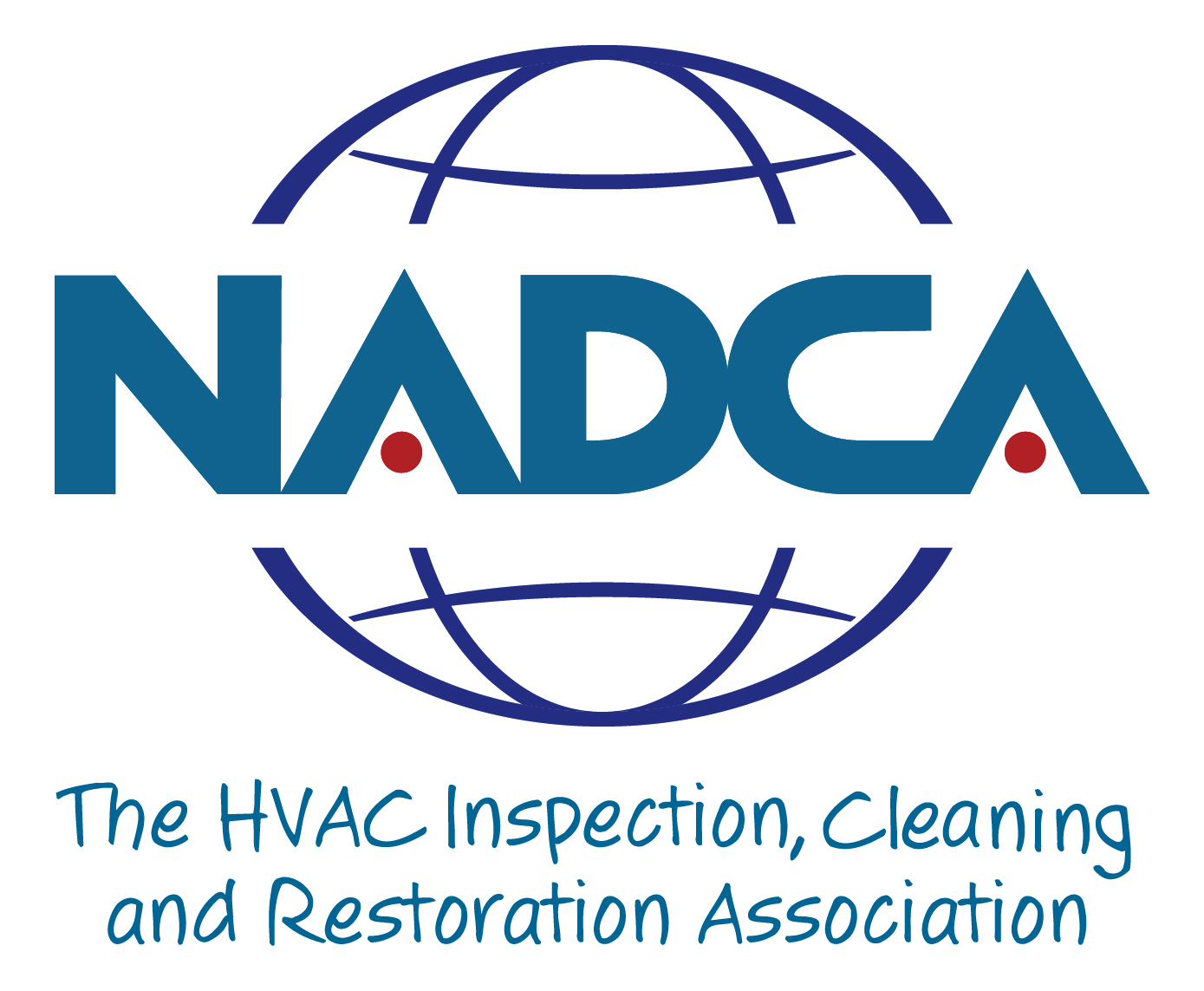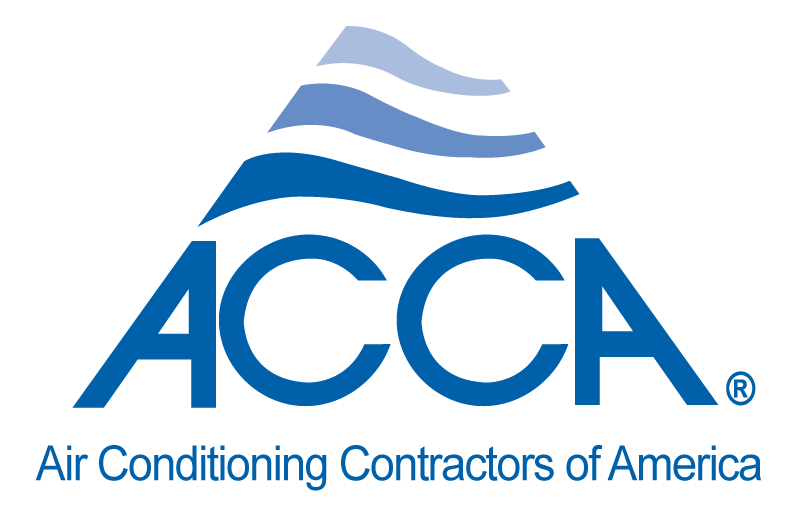The Importance of Indoor Air Quality
In recent years, the importance of indoor air quality (IAQ) has become a central topic in the design and maintenance of commercial buildings. The COVID-19 pandemic, along with growing awareness of environmental health, has heightened attention on IAQ. For businesses, improving IAQ is not just about compliance with health regulations but also about enhancing productivity, reducing absenteeism, and ensuring the well-being of employees and occupants. This blog post delves into why IAQ matters more than ever in commercial buildings, backed by recent studies, and offers actionable tips for improvement. Additionally, we will explore how workforce management software like Your Radar can play a role in maintaining optimal IAQ.
Health and Productivity
Good IAQ is crucial for maintaining the health and productivity of building occupants. Poor air quality can lead to a variety of health issues, including respiratory problems, allergies, and even cardiovascular diseases. According to the Environmental Protection Agency (EPA), indoor air pollution can be significantly more concentrated than outdoor air pollution, making it a critical concern for indoor environments .
Research shows that poor IAQ can decrease productivity. A study by Harvard University found that cognitive function scores were significantly better in environments with improved air quality . Enhanced ventilation, lower levels of pollutants, and effective air filtration systems can contribute to better decision-making and overall mental performance.
Legal and Regulatory Compliance
With the increasing focus on IAQ, regulatory bodies have set stringent guidelines to ensure air quality standards are met. For instance, the Occupational Safety and Health Administration (OSHA) provides guidelines on permissible exposure limits for various indoor pollutants. Non-compliance can result in hefty fines and legal consequences, not to mention damage to a company’s reputation .
Cost Savings
Investing in IAQ improvements can lead to substantial cost savings in the long run. Energy-efficient HVAC systems, regular maintenance, and air quality monitoring can reduce energy consumption and lower utility bills. Additionally, by improving air quality, businesses can reduce healthcare costs associated with poor IAQ, such as medical expenses and lost workdays due to illness .
Recent Trends and Technologies in IAQ
Advanced HVAC Systems
Modern HVAC systems are designed with advanced features to improve IAQ. These systems include high-efficiency particulate air (HEPA) filters, ultraviolet (UV) light purification, and humidity control. HEPA filters are capable of capturing particles as small as 0.3 microns, effectively removing dust, pollen, and other allergens from the air .
Smart Air Quality Monitoring
Smart air quality monitors provide real-time data on IAQ, allowing building managers to make informed decisions about ventilation and filtration. These devices measure various parameters, such as temperature, humidity, carbon dioxide (CO2), volatile organic compounds (VOCs), and particulate matter (PM). Integration with building management systems (BMS) enables automated adjustments to maintain optimal air quality levels .
Biophilic Design
Incorporating natural elements into building design, known as biophilic design, can also enhance IAQ. Plants not only improve air quality by absorbing CO2 and releasing oxygen but also help reduce indoor pollutants. Living walls and green roofs are popular biophilic design elements that contribute to a healthier indoor environment .
Tips for Improving IAQ in Commercial Buildings
1. Regular HVAC Maintenance: Ensure HVAC systems are regularly inspected, cleaned, and maintained. Replace filters as recommended by the manufacturer to keep the system running efficiently.
2. Upgrade Ventilation Systems: Consider upgrading to energy-efficient ventilation systems that provide better air exchange and filtration. Proper ventilation helps dilute indoor pollutants and bring in fresh outdoor air.
3. Monitor IAQ: Invest in smart air quality monitors to keep track of IAQ in real-time. Use the data to make necessary adjustments to HVAC settings and address any issues promptly.
4. Control Humidity Levels: Maintain indoor humidity levels between 30-50% to prevent mold growth and reduce the proliferation of dust mites and other allergens.
5. Implement Green Cleaning Practices: Use environmentally friendly cleaning products that do not emit harmful VOCs. Regular cleaning helps reduce dust and other contaminants that can affect IAQ.
6. Promote Indoor Plants: Encourage the use of indoor plants to naturally improve air quality. Select plants known for their air-purifying properties, such as spider plants, peace lilies, and snake plants.
How Your Radar Can Help
Workforce management software like Your Radar can play a pivotal role in maintaining and improving IAQ in commercial buildings. Here’s how:
Scheduling and Task Management
Your Radar can help facility managers schedule regular maintenance tasks for HVAC systems and other IAQ-related equipment. By automating these schedules, managers can ensure that maintenance is performed consistently, reducing the risk of poor air quality due to neglected equipment.
Real-Time Alerts and Reporting
Integrating IAQ monitors with Your Radar allows for real-time alerts when air quality parameters fall outside the desired range. Facility managers can receive instant notifications and generate reports to track IAQ trends over time. This proactive approach helps address issues before they become serious problems.
Compliance and Documentation
Maintaining compliance with IAQ regulations requires thorough documentation and record-keeping. Your Radar can streamline this process by organizing maintenance records, IAQ reports, and compliance documents in one centralized system. This not only ensures compliance but also makes audits and inspections more manageable.
Enhancing Communication
Effective communication is crucial for maintaining IAQ. Your Radar’s communication tools enable seamless coordination between facility managers, maintenance teams, and external contractors. This ensures that everyone involved is aware of IAQ standards and any actions needed to maintain or improve air quality.
Conclusion
Indoor air quality is more important than ever, especially in commercial buildings where many people spend a significant portion of their day. Good IAQ not only protects health and enhances productivity but also ensures regulatory compliance and cost savings. By leveraging modern HVAC technologies, smart monitoring systems, and innovative design approaches, businesses can significantly improve IAQ. Workforce management software like Your Radar can support these efforts by streamlining maintenance schedules, providing real-time alerts, and ensuring compliance, ultimately contributing to a healthier and more productive workplace.
Investing in IAQ is not just a regulatory necessity but a strategic decision that can yield long-term benefits for both employees and employers. As awareness and technology continue to advance, businesses have more tools at their disposal to create healthier indoor environments.
References
1. Environmental Protection Agency (EPA). “Indoor Air Quality.” [EPA](https://www.epa.gov/indoor-air-quality-iaq).
2. Harvard University. “Impact of Green Buildings on Cognitive Function.” [Harvard Study](https://www.hsph.harvard.edu/news/press-releases/green-buildings-improve-cognitive-function/).
3. Occupational Safety and Health Administration (OSHA). “Indoor Air Quality.” [OSHA](https://www.osha.gov/indoor-air-quality).
4. National Institute for Occupational Safety and Health (NIOSH). “Indoor Environmental Quality.” [NIOSH](https://www.cdc.gov/niosh/topics/indoorenv/).
5. American Society of Heating, Refrigerating and Air-Conditioning Engineers (ASHRAE). “Standards for Indoor Air Quality.” [ASHRAE](https://www.ashrae.org/technical-resources/standards-and-guidelines/standards-collection).
6. Environmental Protection Agency (EPA). “Guide to Air Cleaners in the Home.” [EPA](https://www.epa.gov/indoor-air-quality-iaq/guide-air-cleaners-home).
7. Terrapin Bright Green. “14 Patterns of Biophilic Design.” [Terrapin Bright Green](https://www.terrapinbrightgreen.com/reports/14-patterns/).







